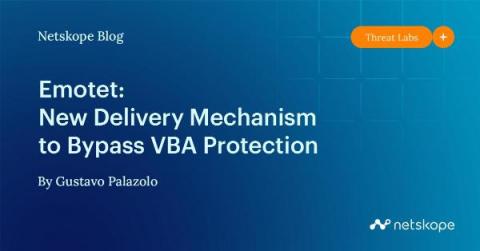macOS Malware Is More Reality Than Myth: Popular Threats and Challenges in Analysis
Understanding the threat landscape and how threats behave is the first step CrowdStrike researchers take toward strengthening customer protection. They based the following threat landscape analysis on internal and open source data, which revealed that in 2021 the most commonly encountered macOS malware types were ransomware (43%), backdoors (35%) and trojans (17%). Each category is powered by a different motive: ransomware by money, backdoors by remote access and trojans by data theft. Figure 1.











